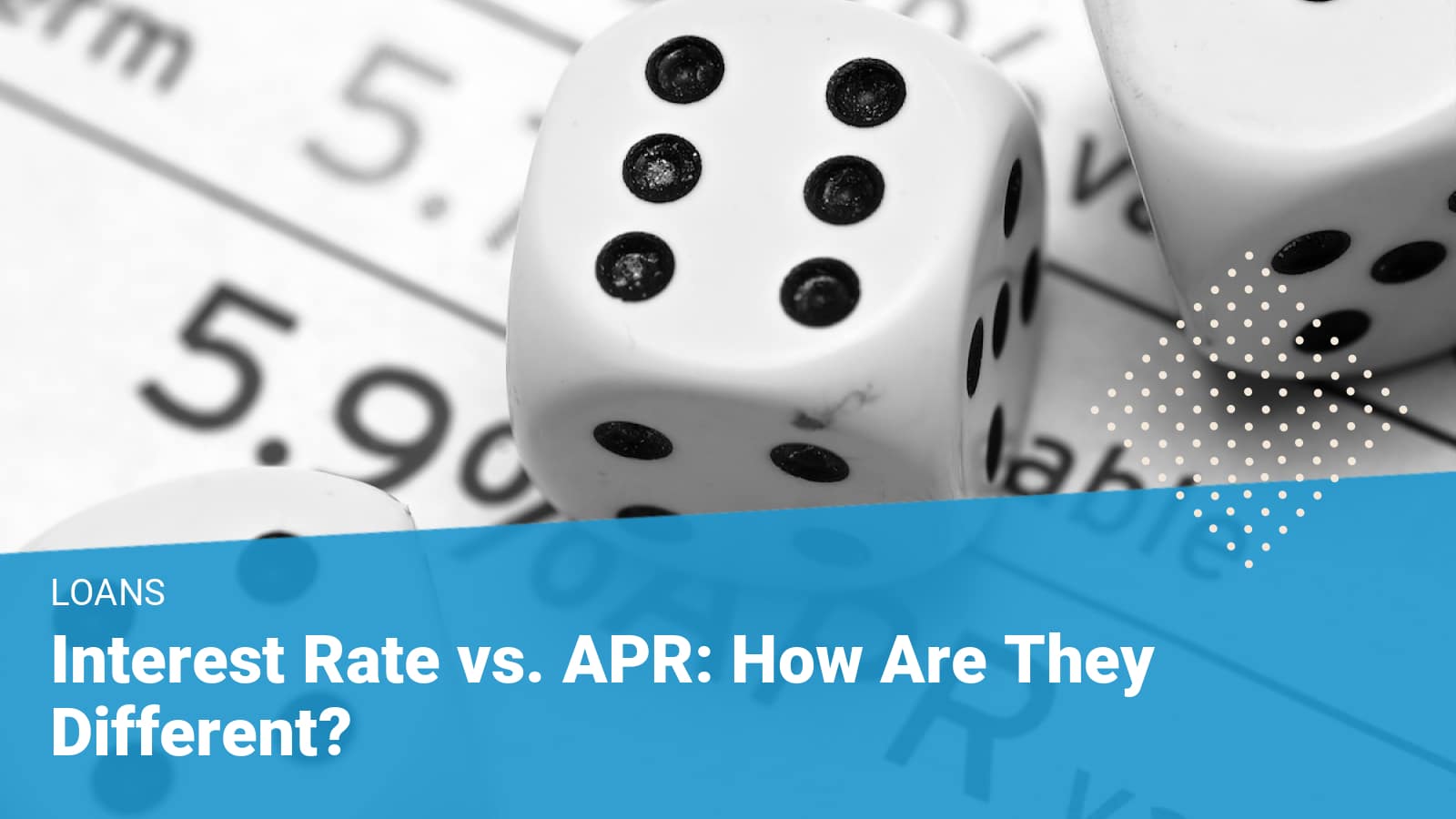What Is the Difference Between Interest Rate and APR?
For many consumers, it’s a confusing topic. If you understand the difference between an interest rate and an annual percentage rate (APR), it could save you a large amount of money on your next loan.
Let’s first look at the interest rate and APR meaning to better understand the difference between APR and interest rate.
Note: The federal Truth-in-Lending Act (TILA) requires that borrowers be provided with written disclosures about important terms of credit before they are legally bound to pay the loan.
Interest Rate
An interest rate refers to the amount of interest due per period and is essentially the percentage of the principal charged by the lender to borrow money from them. Interest rates may be fixed or varied, but they are always expressed as a percentage and can be calculated easily.
Simply put, the interest rate does not include the fees charged for the loan.
Annual Percentage Rate (APR)
An annual percentage rate, or APR, is the total cost you pay every year to borrow money. It includes all fees, expressed as a percentage.
The APR includes both the interest rate as well as other expenses, such as discount points, broker fees, and closing costs.
Like an interest rate, an annual percentage rate is expressed as a percentage.
APR vs Interest Rate
The main difference between interest rate and APR is that the interest rate determines the amount of your monthly payment.
By comparison, the APR shows you the total cost of your loan. When shopping for loans, you may use one or both to compare loan options.
For instance, the loan with a lower interest rate will naturally have a lower payment, assuming both have a fixed interest rate for the same term.
However, a lower APR would mean a lower total cost for a loan.
Note: Lenders are not required to give you the best rates. Save money by negotiating the best interest rate and lowest APR available to you.
The key when making comparisons is to understand what is most important to you. If you want the lowest monthly payment, look at the best interest rate.
On the other hand, if you want the lowest total loan cost, you should compare APRs.
Sources
- Consumer Financial Protection Bureauaccessed on July 20, 2022
- Federal Trade Commissionaccessed on July 20, 2022



